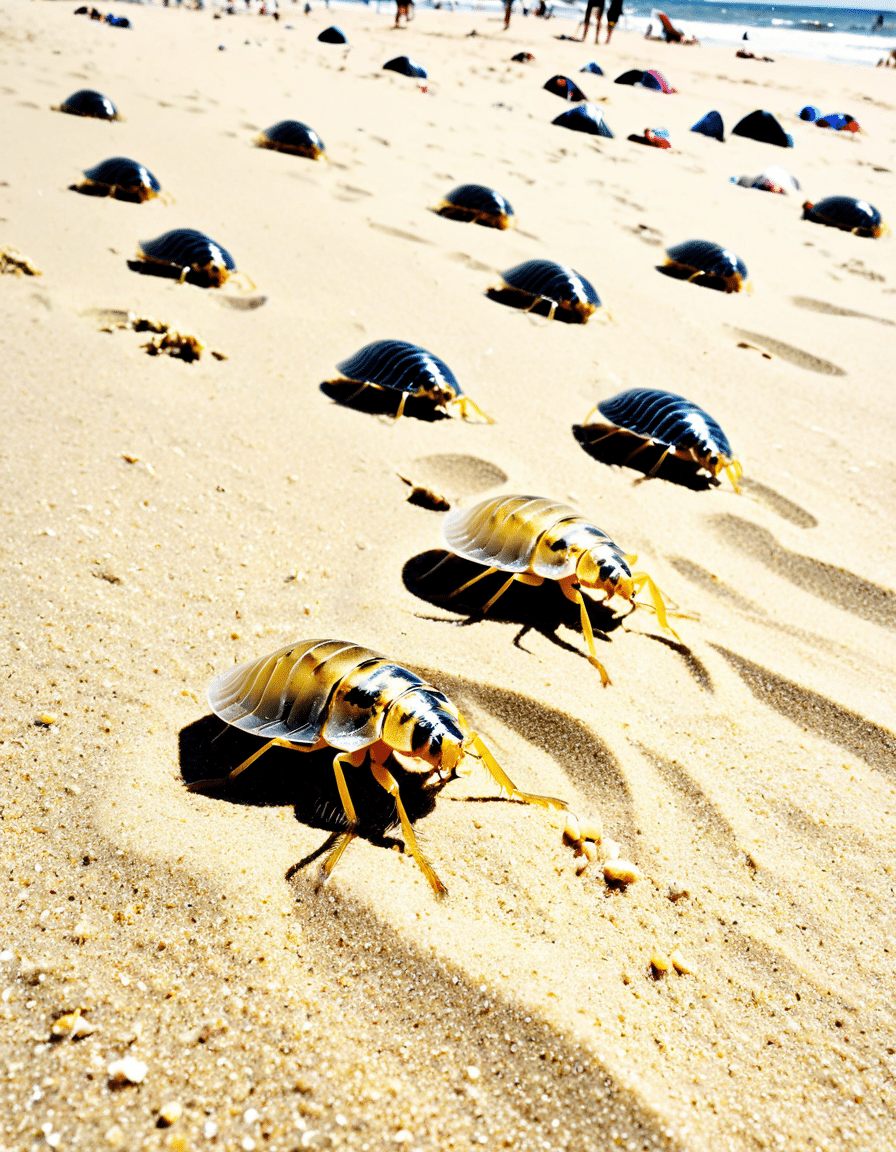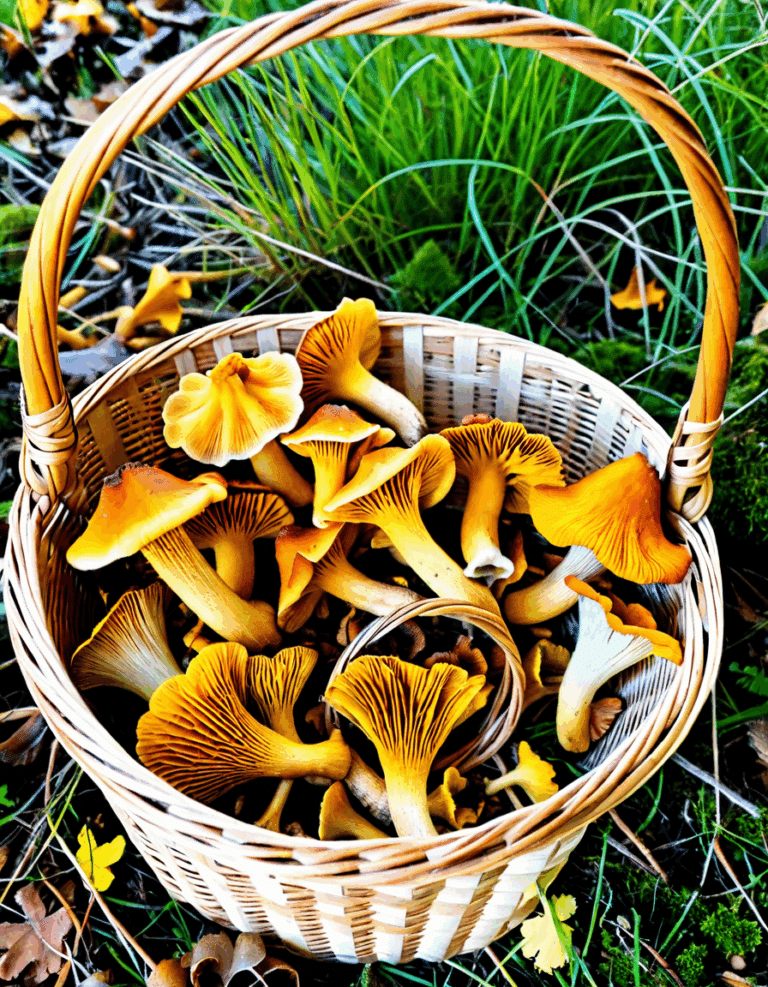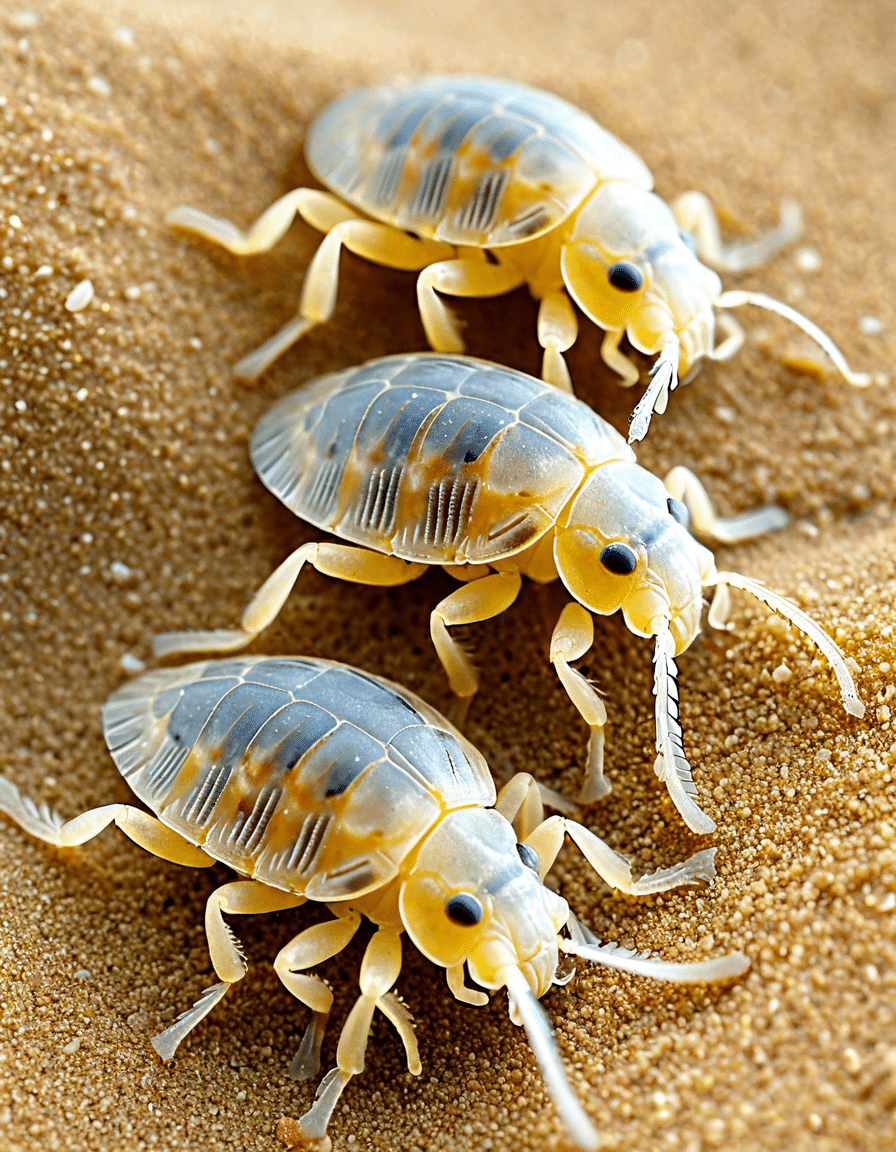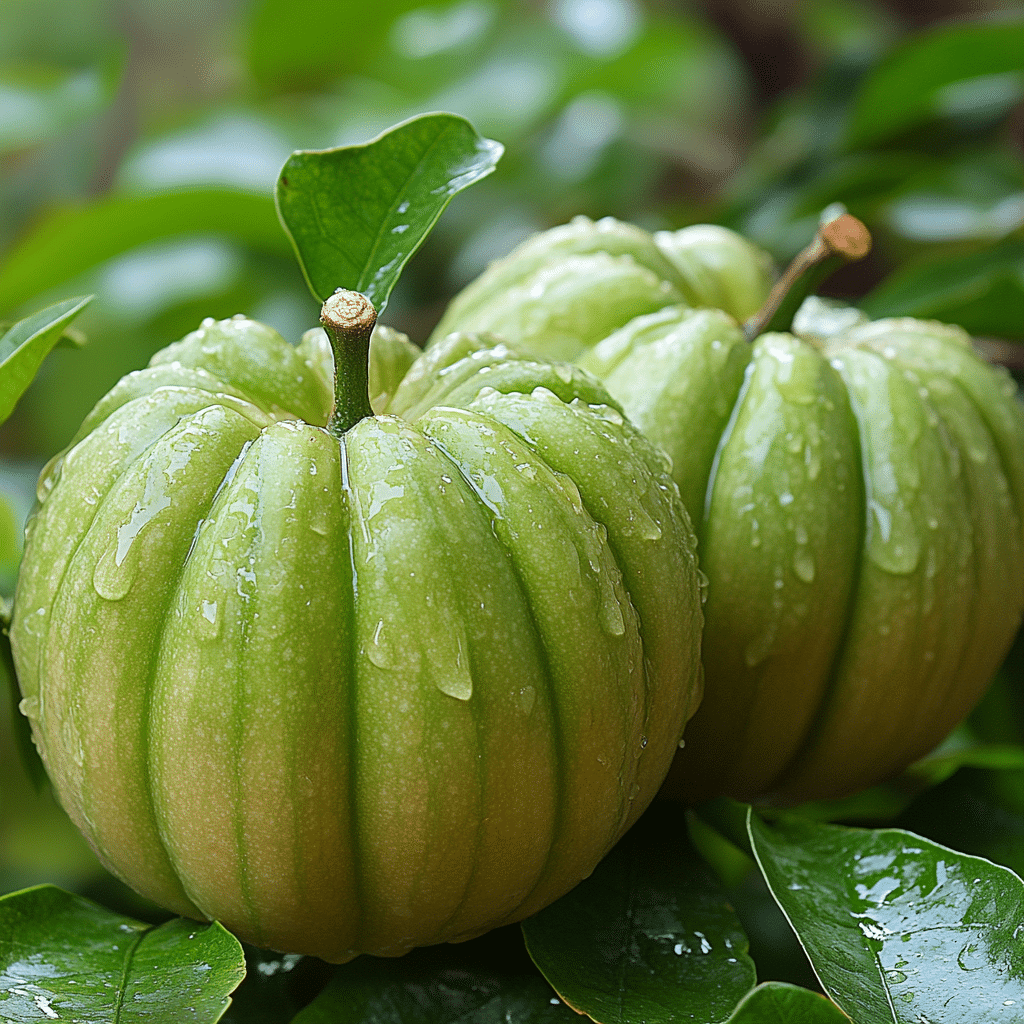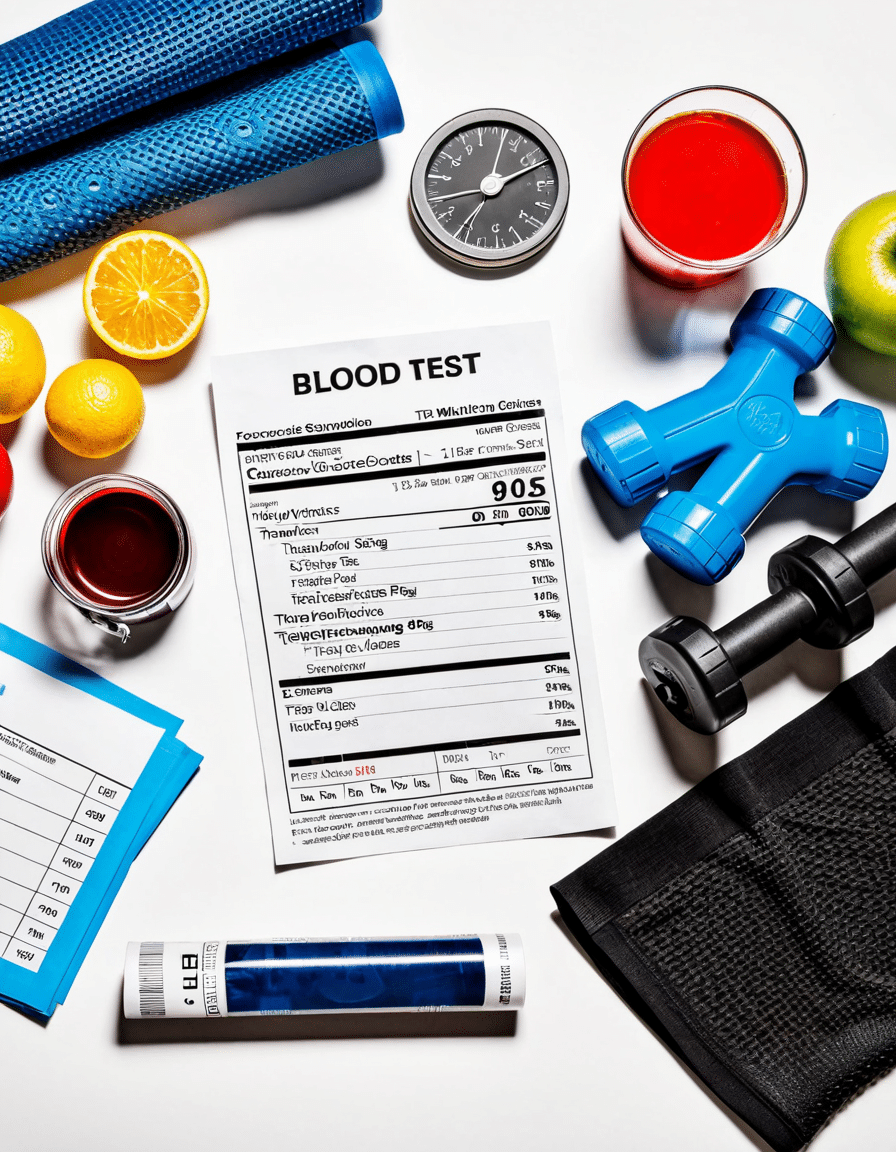Ah, summer! A time for sun, surf, and sandy beaches. But if you’ve ever experienced sand flea bites, you know that this paradise can come with a sting—literally. Sand fleas, those pesky little crustaceans (not actual flies, mind you), thrive in sandy coastal areas. They might be small, but the bites they leave can pack a punch. If you’re passionate about fitness and looking great with a shredded six-pack, those annoying itches can definitely put a damper on your outdoor adventures. This article dives deep into understanding sand flea bites, remedies for relief, and ways to identify them compared to other skin issues. Let’s get down to the nitty-gritty to ensure nothing gets between you and your beach body!
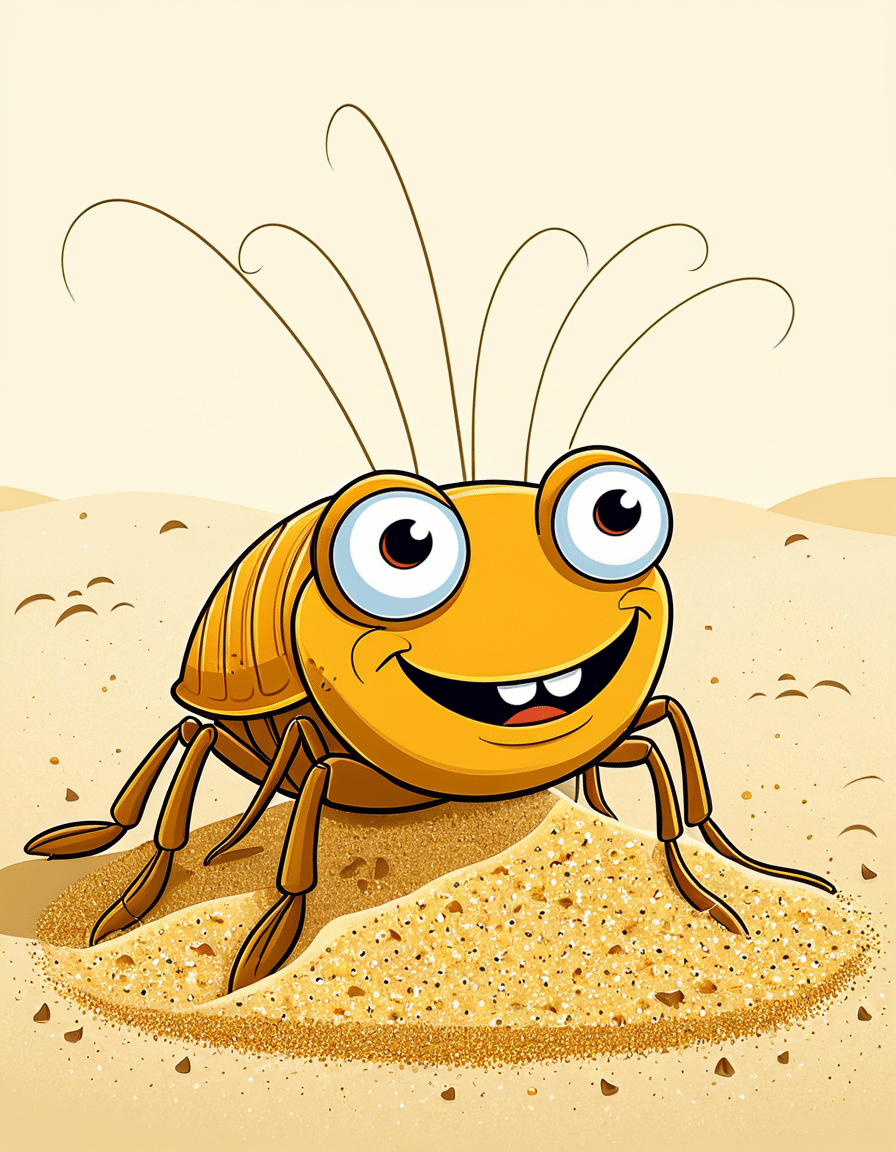
Understanding Sand Flea Bites and Their Impact on Your Skin
Sand flea bites start with a bite! These critters latch onto your skin and inject saliva loaded with irritants designed to feed on your blood. Unlike mosquito bites, which typically cause minor, itchy bumps, sand flea bites can lead to intense itching and swelling. The severity of your reaction often depends on your individual sensitivity; some folks might just feel a slight annoyance, while others could find themselves scratching like crazy.
You might notice small red welts on your skin, often accompanied by swelling. These can quickly turn into a cycle of scratching and irritation, which can lead to further issues like secondary infections. If you’ve ever battled with sand flea bites, you’ll know how frustrating they can be. Understanding how your skin reacts will help you respond better to those nasty itches and keep your skin healthy and strong!
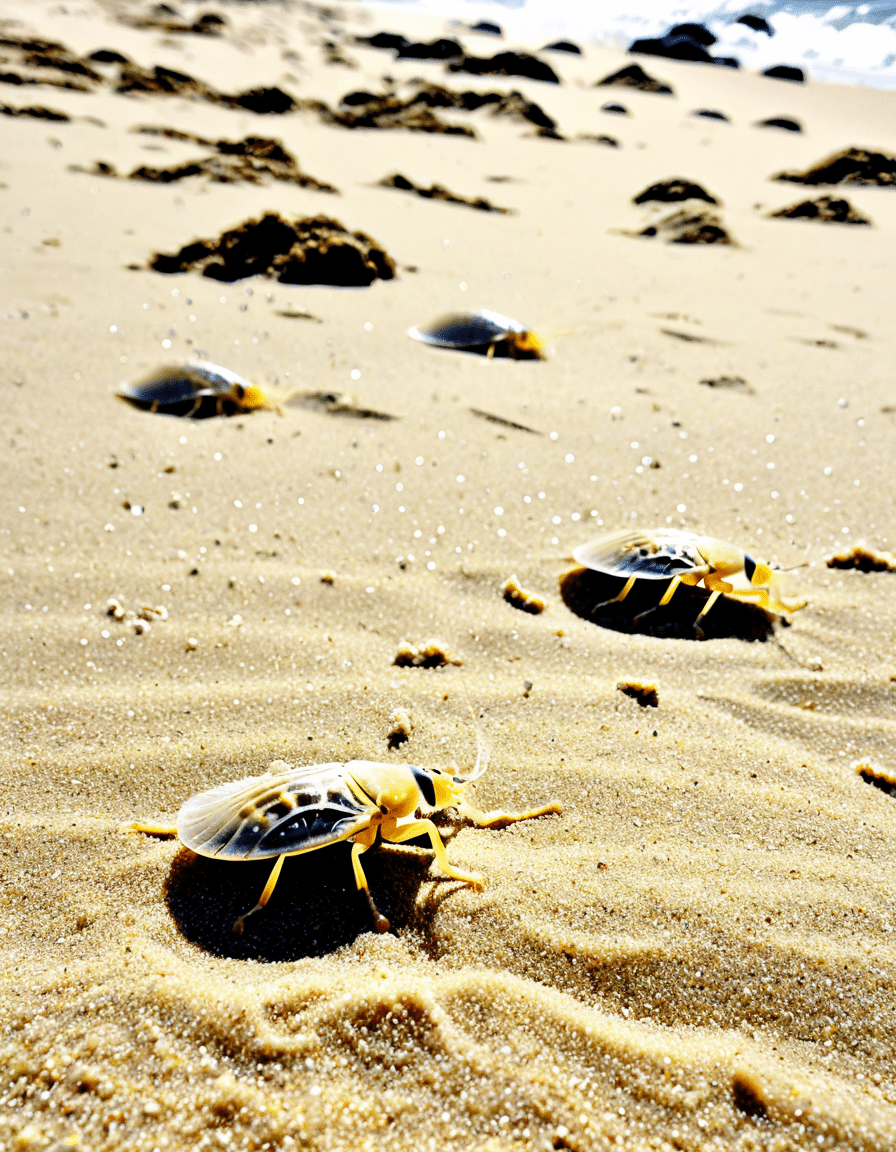
Top 5 Ways to Relieve the Itching From Sand Flea Bites
When those annoying sand flea bites strike, you want fast relief. Below are the top five tried-and-true remedies to calm the itch and avoid that crazy scratching cycle:
This classic skin remedy is a lifesaver! Calamine lotion works wonders, soothing itch and irritation thanks to its cooling properties. Just slap it on the bite, and feel the relief wash over you like a refreshing ocean breeze.
Grab some over-the-counter hydrocortisone cream, like Cortizone-10, to knock down that inflammation. Apply directly to the itchy area, and watch the irritation fade away. It’s a game-changer that promotes quick healing.
Don’t forget about antihistamines like Benadryl or Zyrtec! These little heroes block the histamine response that gets triggered by bites. Just stick to the recommended dosage—nobody wants drowsiness getting in the way of beach fun!
A cold compress is super simple yet effective. Just grab some ice packs, wrap them in a cloth, and apply them to the itchy area. The cold numbs the area while constricting blood vessels, giving you that oh so sweet relief from itchiness and swelling.
If your enthusiasm for scratching leads to open wounds, you might want to keep some antifungal creams on hand, like Lotrimin. This is particularly useful in keeping potential infections at bay. While not directly linked to sand flea bites, healthy skin is key to a speedy recovery.
Identifying Symptoms: Sand Flea Bites vs. Other Skin Issues
Ringworm: More Than Just a Rash
Now, not every red bump is a sand flea bite! You need to know how to identify what you’re dealing with. Ringworm, for instance, is not a worm. It’s a fungal infection that presents itself as scaly, round patches with raised edges. If your skin is playing tricks on you, recognizing these differences is crucial for effective treatment.
Poison Oak Rash: A Confusing Coexistence
Hold onto your hats! The poison oak rash can look similar to those furious sand flea bites, especially if you’re out in nature. If you’ve had exposure to the oil of the poison oak plant, you might notice red, itchy patches appearing. Unlike sand fleas, which are triggered by bites, a poison oak rash needs targeted treatment—think topical corticosteroids or specialized soaps to handle that irritant.
Precautions and Preventive Measures Against Sand Flea Bites
With knowledge comes power! Avoiding sand flea bites can significantly enhance your beachgoing experience. Check out these tips to keep those nuisances at bay:
Embracing Relief: Long-term Strategies to Tackle Sand Flea Bite Symptoms
It’s time to embrace a proactive approach towards managing sand flea bites! Keeping your skin healthy throughout the year can decrease your chances of physical discomfort. Regular moisturizing and sun protection will keep your skin fortified against potential irritants.
Try natural remedies like oatmeal baths, which not only soothe but also show off their anti-inflammatory properties. If you notice the first signs of a bite, leap into action! Early intervention can cut down on complications.
So, facing the discomfort of sand flea bites can feel overwhelming, but with the right strategies, you’ll turn your beach nightmares into sunny adventures. Get out there, keep your skin healthy, and enjoy every wave, sandcastle, and sunset! Remember, proactive prevention is the key to ensuring those bumpy nuisances don’t distract you from looking ripped and feeling great as you hit the beach this summer! 🏖️
By understanding the pain and itch of sand flea bites, you’re not just informed—you’ve got the tools you need to beat the odds. With these tips in your toolkit, you’re ready to tackle that summer sunshine with confidence. Don’t let anything dim your shine as you cruise the beach looking for that perfect wave or a well-deserved break under the sun! 🌊
Sand Flea Bites: The Painful Itch You Need to Know About
Dive into the World of Sand Fleas
Sand flea bites can leave you with a maddening itch and some perplexing questions. Did you know that these tiny pests are not actually fleas, but rather a type of crustacean? They have a knack for burrowing into the skin, which can lead to some mighty uncomfortable situations. Much like dealing with pesky pin Worms, getting rid of these nuisances requires some clever strategies. After all, nobody wants to play host to unwanted guests, right?
It’s fascinating how such small creatures can pack a painful punch. The itchiness from sand flea bites can linger long after the initial sting, bringing to mind the relentless itch of mosquito bites. You might find relief through various home remedies or over-the-counter solutions. If you’re on the lookout for some effective ways to ease that annoying itch, check out this guide on mosquito bite relief.
Fun Facts About Sand Flea Bites
Believe it or not, sand fleas are often called “beach fleas” because they thrive in sandy environments. They can jump up to 200 times their body length, which is no small feat for such tiny critters! While many associate wildlife with serene vacations, beachgoers need to be mindful of these little pests. Think of it as part of the experience that travelers face aboard a luxurious cruise, like the Queen Victoria cunard cruise ship, where you can bask in sun and sea but still have to watch out for these critters!
In addition to their impressive jumping abilities, sand fleas can also survive in extreme conditions, even in saltwater! The resilience of these tiny creatures shows that even the smallest beings can adapt to their environment. To give you a unique perspective on survival, consider how those with gout look for effective gout self care practices to manage their discomfort. Just like with sand fleas, understanding the source of the pain can help you find better ways to cope.
Staying Sand Flea Savvy
So what can you do if you’re bitten? First off, avoid scratching! It’s tempting, but scratching can lead to infections and worse reactions, similar to what you’d experience if folks don’t take precautions after being bitten by other pests. If you want to aim for prevention, consider wearing protective clothing when lounging at the beach and using insect repellents. For a bit of comic relief, remember this—we don’t want to end up in situations like some people having sex only to discover later they’ve been bitten!
Ultimately, gaining knowledge about sand flea bites helps you better prepare for beach outings. Knowing how to avoid these pesky little pests can help preserve your sun-soaked adventures, and with the right information, you can enjoy your time without those itchy reminders of fun in the sun. Understanding what to look out for, and staying informed, is essential—whether you’re in the colorful journey of life or dealing with tricky issues like a butterfly rash. And just like those entertaining moments you might find in shows featuring the Switched at Birth cast, being prepared can lead to a much smoother experience!
